Optimal Timing for Waterproofing Projects
Proper timing for waterproofing projects ensures optimal results and durability. Weather conditions, temperature, and moisture levels significantly influence the effectiveness of waterproofing applications. Selecting the right season can extend the lifespan of waterproofing solutions and reduce the need for future repairs.
Spring offers moderate temperatures and lower humidity, ideal for most waterproofing products to cure properly.
Summer's warm and dry conditions facilitate quick drying and curing of waterproofing materials, but high humidity can pose challenges.
Fall provides cooler temperatures and less rain, making it suitable for waterproofing before winter.
Winter is generally not recommended due to freezing temperatures and high moisture levels that impair application and curing.

Ways to make Waterproofings work in tight or awkward layouts.
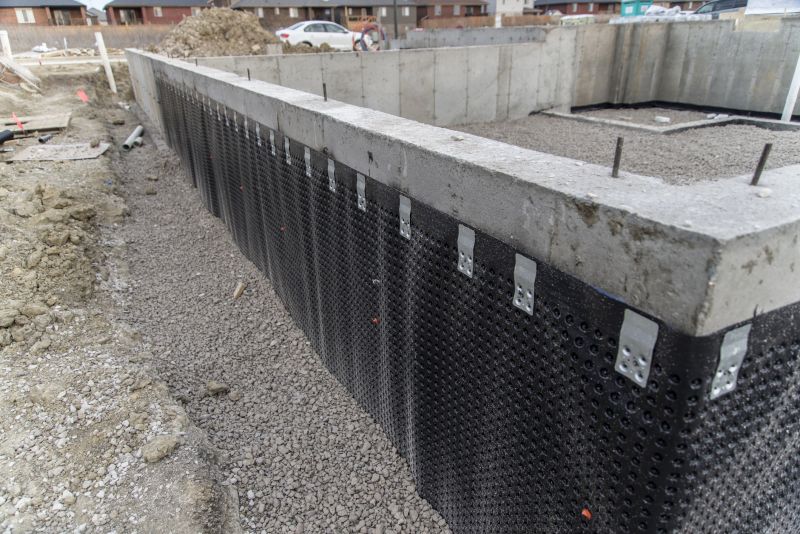
Popular materials for Waterproofings and why they hold up over time.

Simple add-ons that improve Waterproofings without blowing the budget.

High-end options that actually feel worth it for Waterproofings.
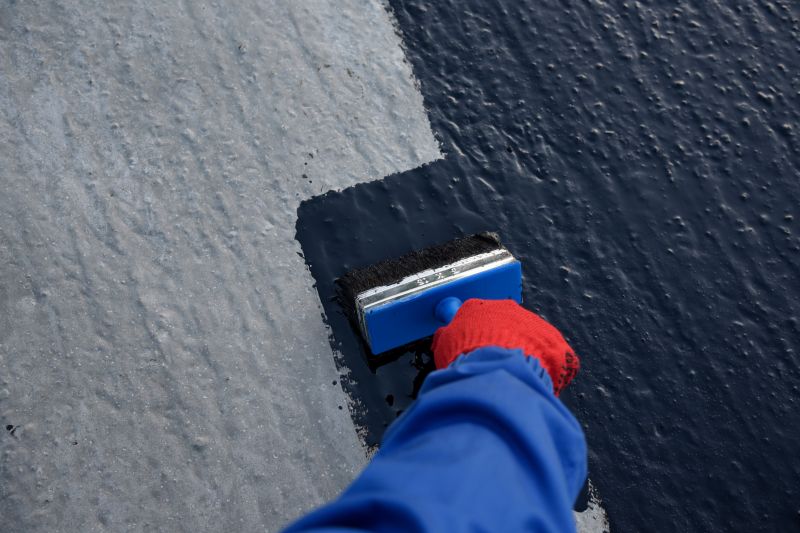
Finishes and colors that play nicely with Waterproofings.
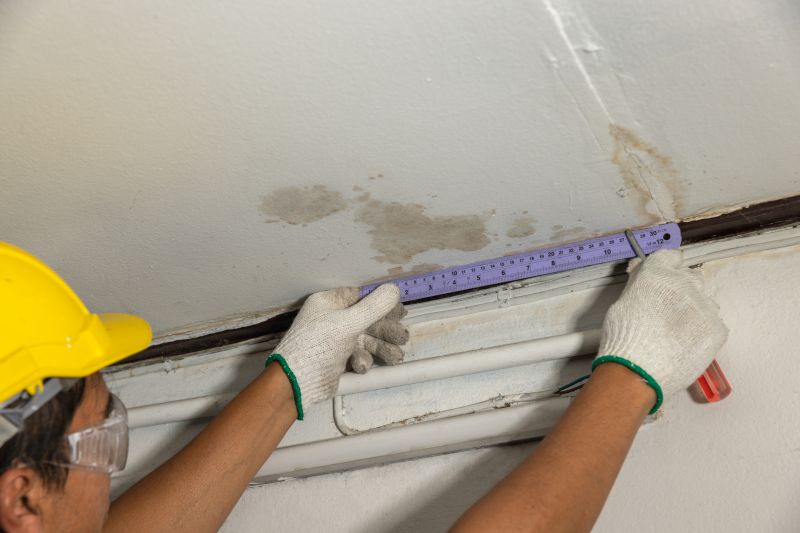
Little measurements that prevent headaches on Waterproofings day.
| Season | Ideal Conditions |
|---|---|
| Spring | Moderate temperatures, low humidity, dry days |
| Summer | Warm, dry weather, avoid high humidity |
| Fall | Cool temperatures, dry conditions |
| Winter | Freezing temperatures, high moisture levels |
Waterproofings are essential for protecting structures from water intrusion, which can cause damage, mold growth, and structural weakening. Proper application during suitable weather conditions enhances adhesion and longevity of waterproofing membranes and coatings. Studies indicate that waterproofing performed in optimal weather conditions can extend the lifespan of the protection system by up to 50% compared to poorly timed applications.
Different waterproofing methods are suited for various seasons, including liquid membranes, sheet membranes, and sealants. Each requires specific environmental conditions for optimal performance. For example, liquid membranes typically cure faster in warm, dry weather, while sheet membranes are less affected by seasonal changes. Proper planning ensures the waterproofing system functions effectively over time.
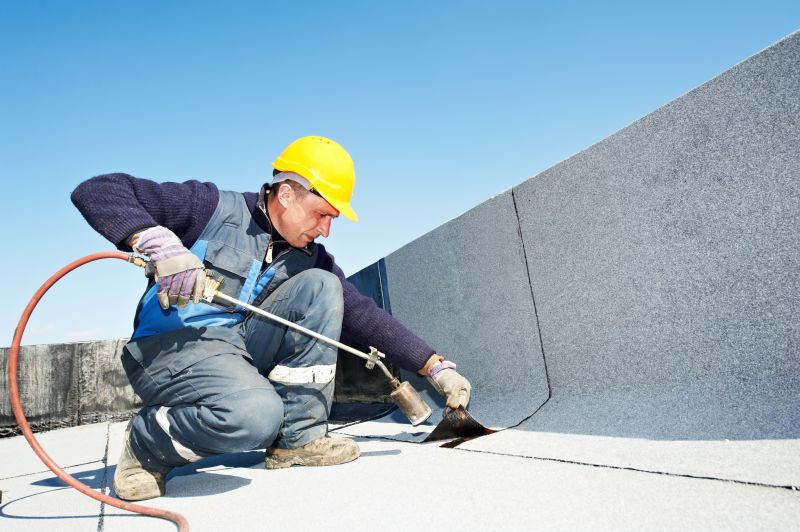
A 60-second routine that keeps Waterproofings looking new.

A frequent mistake in Waterproofings and how to dodge it.
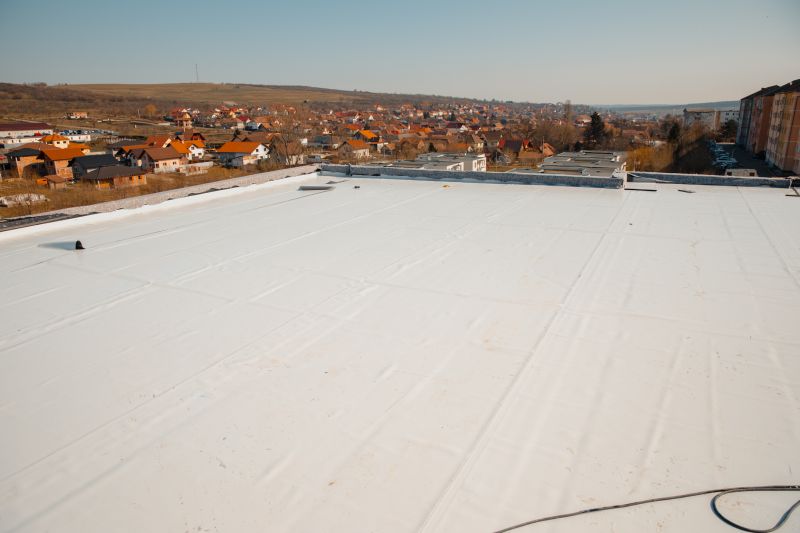
Small tweaks to make Waterproofings safer and easier to use.
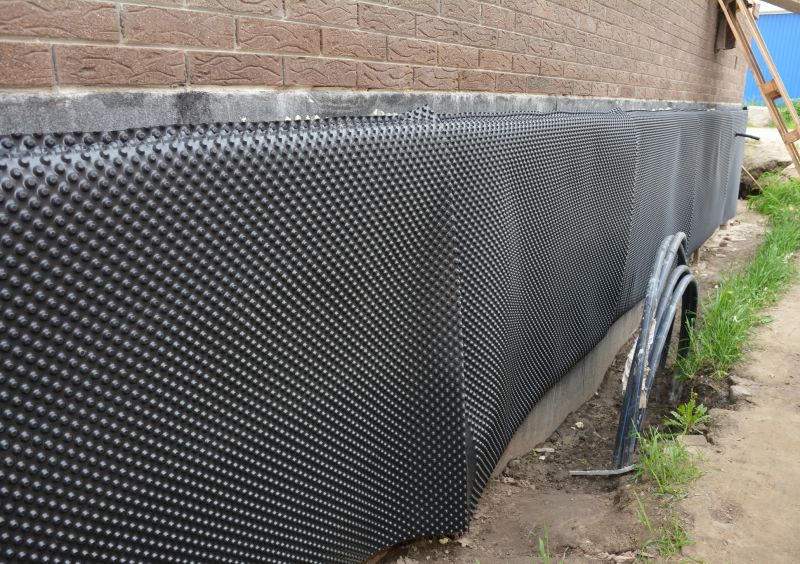
Lower-waste or water-saving choices for Waterproofings.

The short, realistic tool list for quality Waterproofings.

Rough timing from prep to clean-up for Waterproofings.

Quick checks and paperwork to keep after Waterproofings.

Examples that show the impact a good Waterproofings can make.

Ways to make Waterproofings work in tight or awkward layouts.

Ways to make Waterproofings work in tight or awkward layouts.
Interested in waterproofing services? Filling out the contact form provides an opportunity to discuss specific needs and receive tailored recommendations for optimal timing and application methods.


